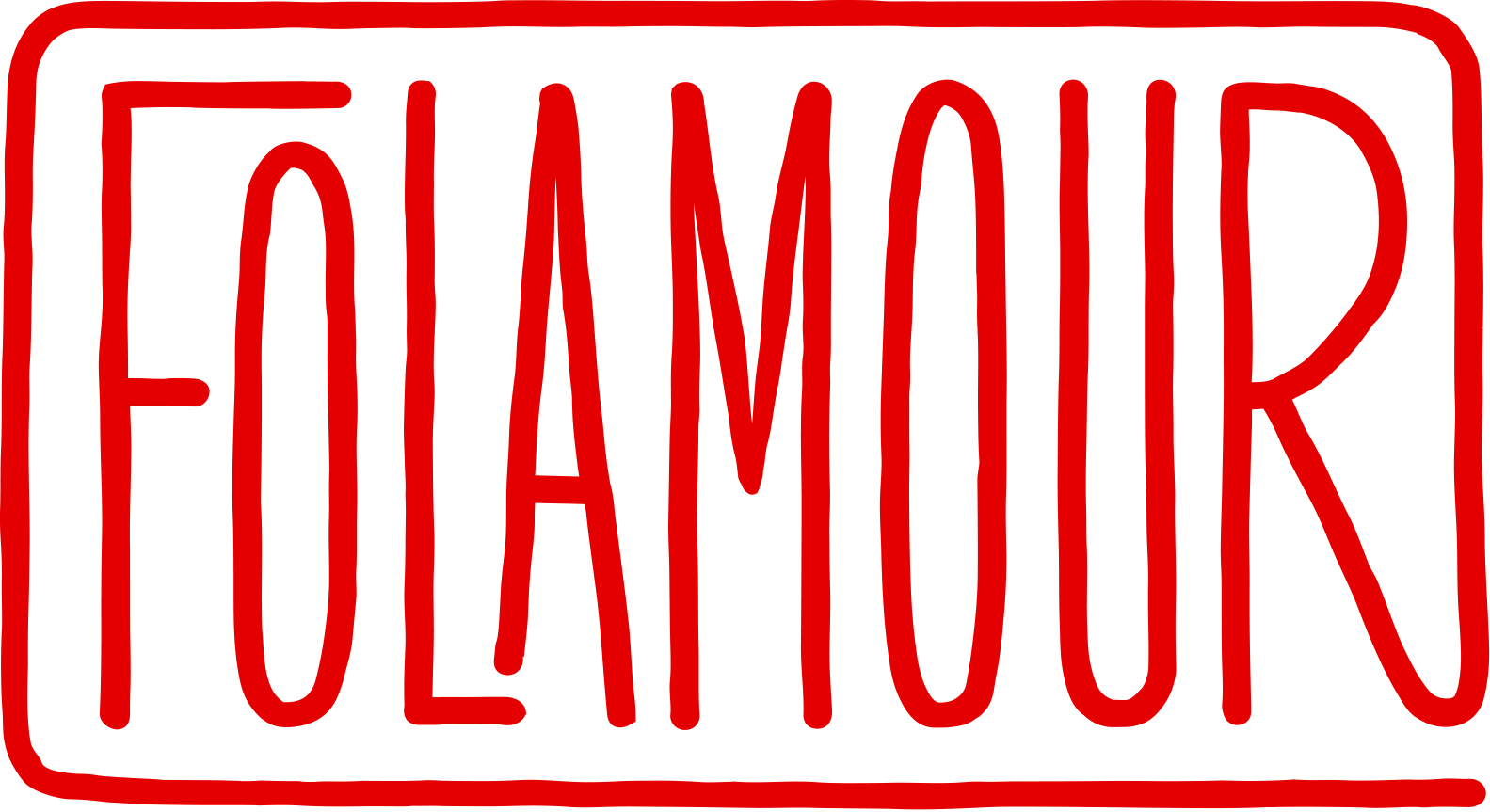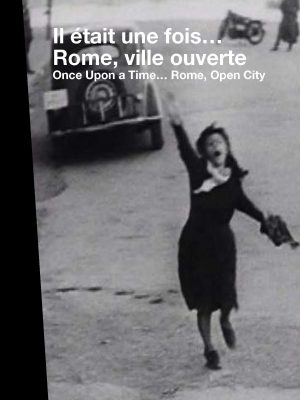ONCE UPON A TIME… ROME OPEN CITY
Official Selection: Cannes Classics – Cannes Film Festival
| Director | Marie Genin |
| Writers | Marie Genin and Serge July |
| Image | Caroline Champetier |
| Sound | Alberto Bianchi, Fabio Santesariti, François Waledisch |
| Editing | Martine Giordano |
| Length | 52 minutes |
| Format | Digital video |
| Broadcasters | France 5, TCM, TSR |
| Crédits | Folamour Productions – TCM – 2006 |
Protagonists:
- Isabella ROSSELLINI, daughter of Roberto Rossellini and Ingrid Bergman
- Renzo ROSSELLINI, son of Roberto Rossellini
- Luca MAGNANI, son of Anna Magnani and filmmaker
- Vittorio TAVIANI, filmmaker and Roberto Rossellini’s assistant
- Carlo LIZZANI, director of “Celluloid”, a film about the shooting of Rome Open City
- Padre Virgilio FANTUZZI, film critic
- Adriano APRA, close friend of R. Rossellini
Portrait of a film. In 1944, Rome, declared an “open city”, is in the hands of the Germans. Pina, played by Anna Magnani, mother of an eleven-year-old boy, is about to be remarried to a resistant typographer, Francesco. Francesco has taken Giorgio, a communist leader hunted by the Gestapo, into his home. Betrayed, Giorgio is arrested, along with the parish priest, Don Pietro, who is also resistant. As for Pina, she is shot while running behind the German truck that takes Francesco away. At the Gestapo headquarters, Don Pietro watches helplessly as Giorgio is tortured to death. But he won’t snitch any more than his communist comrade, and he is shot in front of the neighbourhood children. Written with the collaboration of Federico Fellini, shot while the war was still ongoing, the film was released in September 1945 and won the Golden Palm at the 1946 Cannes Film Festival. It is Roberto Rossellini’s biggest success.
Portrait of an era. In 1943, the Axis forces are on the defensive everywhere, in Europe and Asia. Mussolini’s fascist regime collapsed, but the dictator still reigns over the short-lived Republic of Salo, and the Germans occupy Rome. Militiamen perpetrate appalling crimes, while the Nazis continue to exterminate the Jews of Europe on a massive scale. Rome is liberated in June 1944, two days before the Normandy landings. When Rossellini began shooting the film using natural settings in January 1945, the Germans still occupied part of northern Italy. He completed filming during the following summer, shortly after the German surrendered. The film, shot as a documentary, reflects this atmosphere of the end of the war and tragedy. Similarly, the alliance in the film between communist militants and part of the Catholic base clergy is true to historical reality.
Portrait of a filmmaker. Roberto Rossellini is 39 years old when he directs “Rome, Open City”, a film that celebrates the Resistance. Having just directed three films to the glory of fascism, produced by Vittorio Mussolini, the Duce’s son and boss of Cinecitta, he refuses in July 43 to join the fascist republic of Salo and becomes closer to the communists. Often considered as the first modern film, “Rome Open City” marks the spectacular change of heart of the filmmaker. Rossellini then made two other films about the war, “Paisa” in tribute to the Italian partisans, and “Germany: Year Zero” filmed among the ruins of the Third Reich. This trilogy makes him the leader of Italian neorealism: showing what we see, as close as possible, without effect, as if the films were above all historical documents. Rossellini met Ingrid Bergman during the filming of Rome, an open city. They will marry and work together on “Stromboli” and “Journey to Italy”. He died in 1977.


 EN
EN FR
FR